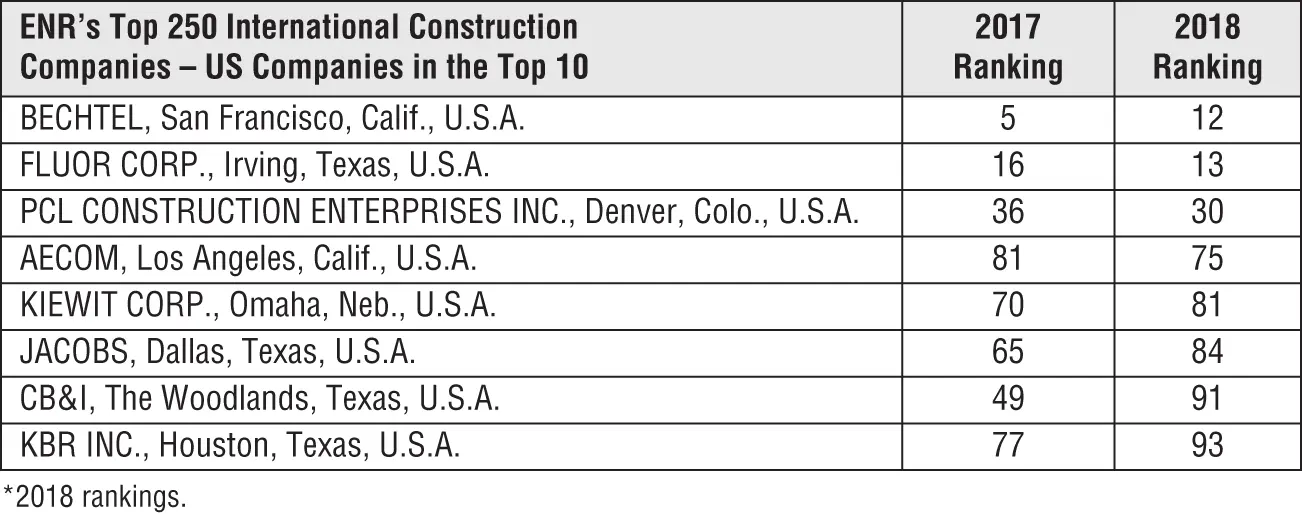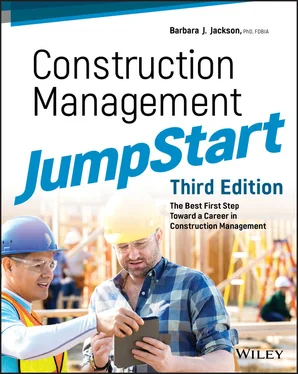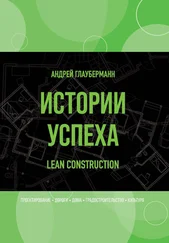As with most industries, advancements in technology have revolutionized the way that we do business in construction. Software programs are available to assist with almost every management function in construction. Programs for estimating, scheduling, cost control, project administration, and team collaboration are common. Projects are managed using web-based “project integration” programs that allow all members of the team to exchange information, access building plans and specifications, process change orders, and even view construction activities and progress via a webcam from thousands of miles away. Building foundations and layouts are pinpointed using laser levels and GPS on a regular basis. Just as CAD revolutionized architecture practice in the early 1980s, architects, engineers, and constructors can now develop three-dimensional BIM models and virtual reality to improve design, constructability, safety, and training. Now the project team can conduct constructability reviews and anticipate and address construction problems before the first shovel of dirt is ever turned on the job site.
A design review process in which experienced contractors and construction managers work with designers to ensure that the details of the design actually can be built in an efficient and cost-effective manner. The process entails review of materials, application, installation techniques, field execution, and building systems.
The construction environment is becoming more and more complicated, and the need for innovation is paramount. Not only has technology changed the way that we manage projects, but building materials, construction methods, and the projects themselves have become more sophisticated. Buildings are becoming “smart.” Automated homes, offices, plants, and other facilities are using computers, networks, and programs to control specific operations such as temperature, airflow, lighting levels, and access.
A digital representation of the physical and functional characteristics of a building displayed as a 3D model, with the added capability to integrate a whole array of design and construction data related to cost, schedule, materials, assembly, maintenance, energy use, and more.
Simply knowing how to swing a hammer or wield a power drill will not cut it anymore. It is not uncommon for even the smallest of construction firms to have laptop computers in the job trailer and computer tablets in every job foreman's hand. Anyone who perceives the construction industry to be all brawn and no brains certainly has not visited a job site lately. “Toto, we are not in Kansas anymore!”
With annual revenues expected to reach over $15 trillion worldwide by 2030, more and more U.S. companies are pursuing international opportunities. It is projected that China, the United States, and India will account for 57 percent of all global growth in construction over the next decade according to PwC (Price Waterhouse and Coopers).
Each year, the weekly construction magazine Engineering News Record (ENR) publishes a list of the top 250 international construction firms. In 2018, 36 U.S. companies made that list, or just under 15 percent of the total. Eight U.S. companies were listed in the top 10 international firms.

Today anyone working in the construction industry should anticipate a future involving an international experience. The world is getting smaller, and the demand for infrastructure and building programs for roads, dams, power plants, water and sewer facilities, mass transit, and even housing in emerging and third-world countries is immense. Individuals pursuing careers in construction management who are interested in the international market will undoubtedly have the opportunity to track that venture.
Today, a much greater emphasis is being placed on the environment and the relationship between our buildings and the communities in which they are constructed. In recent years, a voluntary, market-driven building-rating system called the Leadership on Energy and Environmental Design (LEED) program, developed by the U.S. Green Building Council (USGBC), has been making its way into segments of the construction industry. This program, which evaluates environmental performance from a “whole building” perspective over a building's life cycle, is becoming so popular that many states are requiring LEED certification of its public buildings. The LEED Green Building Rating System is a third-party certification program and the nationally accepted benchmark for the design, construction, and operation of high-performance green buildings. LEED provides building owners and operators with the tools they need to have an immediate and measureable impact on their buildings’ performance.
Green building and green building technologies are being applied to every sector of the industry, and construction practitioners are playing a vital role in carrying out and implementing sustainable goals and objectives on projects.
Not only are buildings being certified LEED but so are the individuals who design and construct them. Today it is quite common to see the initials “LEED AP” (for LEED Accredited Professional) printed on a business card after the name of a construction manager. As a matter of fact, there are many construction management students who have already achieved their LEED AP designation by the time they graduate. This is a testament to the dedication and commitment that has been expressed by the construction community toward building sustainable communities. It is clear evidence that sustainability is not some passing fancy—rather, it's an accepted and standard way of doing business in the construction industry today. You will learn much more about Sustainability and the Built Environment in Chapter 16.
Historically the design and construction industry has had the notorious reputation of being one of the most wasteful and inefficient industries in the United States. However, in 1993 a group of contractors started to apply lean principles , typically associated with manufacturing, to the construction industry. Basically, lean principles, originally derived from the management philosophy known as the Toyota Production System (TPS), are centered on creating more value with less work. In other words, it's the elimination of waste in all forms—wasted materials, wasted time, wasted movement, wasted manpower, and so on. Today, the Lean Construction Institute (LCI) has developed a number of processes and procedures specifically focused on the construction industry that support the lean philosophy. One such technique is called the Last Planner System, which focuses on stabilizing workflows in the construction process, thereby adding reliability to the schedule.
Stemming from the Toyota Production System, principles that focus on creating more value for customers with less work and the elimination of waste. These principles are now being applied to the construction industry.
With such innovations, along with the ever-increasing use of advanced technologies such as BIM making their way into construction firms, it is indeed a very exciting time to be in construction. (To find out more about the last planner approach, go to www.leanconstruction.org/lastplanner.htm.)
There is no doubt that the construction industry in the United States is still a white- and male-dominated industry. However, the demand for construction managers is so significant that the only way the need can be met is by opening the doors to attract the best and the brightest to join in the effort to take on the building challenges around the world. And just as in other traditionally male industries, the face of construction is changing. As a professor of construction management, I have a chance to talk with recruiters from every sector of the industry and from all over the country. There is a conscious effort being made to bring diversity to the forefront of the profession, and tremendous opportunities for women and minorities in the construction industry exist today.
Читать дальше













